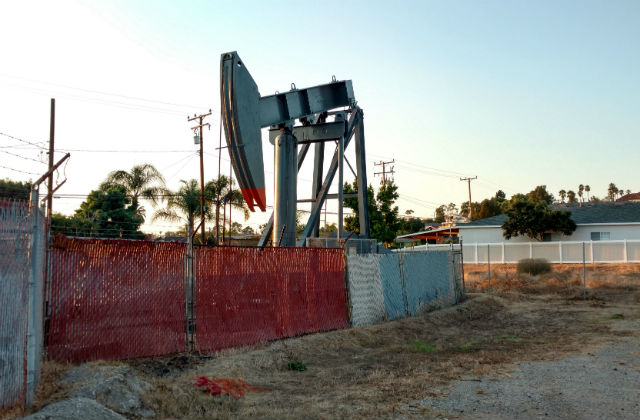Later this month, California’s legal system is poised to take the next step against American energy, as the San Francisco Superior Court will hold a hearing on California’s lawsuit against major energy producers.
Stemming from a 2023 lawsuit filed by Attorney General Rob Bonta, the state is seeking damages and penalties over global climate change, blaming U.S. energy companies. Even though both the plaintiffs and defendants in this lawsuit clearly acknowledge fossil fuels’ effects on climate change, California policymakers continue to mislead the public about the true state of global emissions and California’s long role in supporting oil and gas activities.
The truth about global emissions reveals that American energy activities are a small and declining source of greenhouse gas emissions (GHG), making climate lawsuits like these legally unsound and logically incoherent. Ever since the cities of San Francisco and Oakland sued energy companies in 2017 for alleged deceptive practices, such climate lawsuits have ballooned across the legal system.
Yet, while activists are pushing state courts to rule against American energy, the Supreme Court has long been clear about this. Its unanimous opinion in *American Electric Power Co. v. Connecticut* (2011) affirmed that our national scheme outlines GHG regulation to be under the Environmental Protection Agency as per the Clean Air Act, not the courts.
More so than the legal vulnerabilities of California’s suit, its premise that the U.S. is the worst polluter flies in the face of reality. China accounts for 29% of global emissions, with the U.S. in second place at only 11%. Since 2005, China has overtaken the U.S. as the world’s top emitter. Meanwhile, U.S. total emissions are down to 1990 levels. According to the EPA, the U.S. is producing the most natural gas and oil ever.
This is because U.S.-based energy production—not just in overly regulatory states like California—is among the most successful and cleanest in the world, thanks in part to our decades-long switch from dirtier coal to cleaner natural gas. According to the Congressional Research Service, U.S. energy production increased 42% from 2000 to 2019; natural gas grew 87%, yet coal declined by 37%.
California is also not blameless in the lawsuit’s central argument linking fossil fuel emissions and climate change. While the state has acknowledged the emissions-climate change link going back to 1977, it has for decades continued to support fossil fuel production with public laws and codes, such as establishing a State Oil and Gas Supervisor to encourage the wise development of oil and gas resources.
Furthermore, California continues to import oil from dirtier foreign sources to this day. Of its top oil imports, nearly all have a higher GHG emissions intensity than equivalent U.S. oil, according to NOIA. Oils from Iraq and Brazil—California’s top sources—both produce higher GHG emissions.
Clearly, California’s actual energy policy actions do not match the lawsuit’s goals.
California’s climate lawsuit is a misguided attempt to stifle American energy production using legally unsound techniques. If the lawsuit were to go forward, it would limit domestic energy output and promote foreign coal and oil from China, India, Saudi Arabia, and elsewhere.
The state’s legal system must recognize these facts and move to dismiss the lawsuit, as that will actually promote lower global emissions in the process.
—
*John Doolittle is an attorney who represented the East San Francisco Bay area in the House of Representatives from 1991 to 2009. He served on the Committee on Natural Resources, the Committee on Transportation and Infrastructure, and as the vice chairman of the Energy and Water Subcommittee of the House Appropriations Committee.*
https://timesofsandiego.com/opinion/2025/09/18/california-climate-lawsuit-ignores-reality-of-fossil-fuel-emissions/


